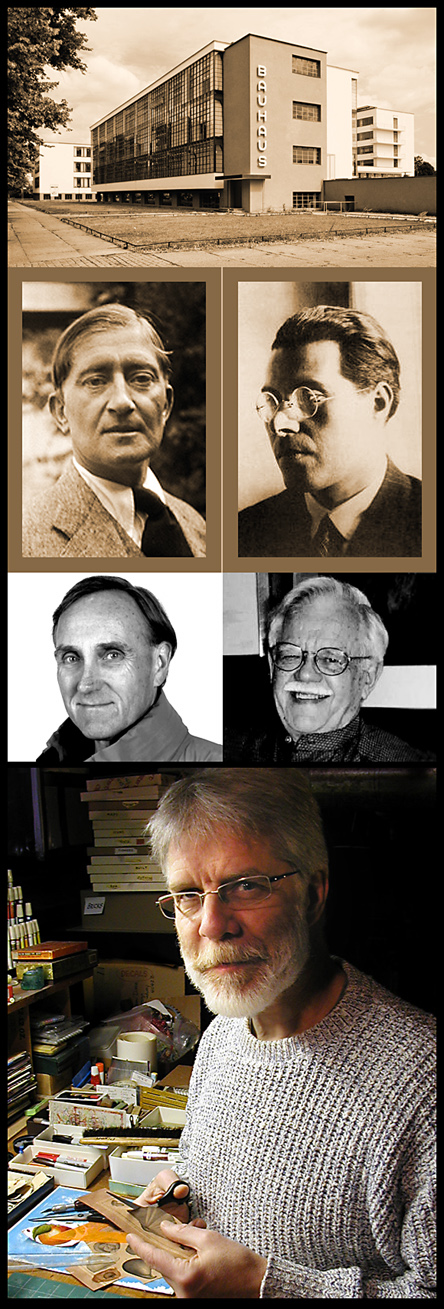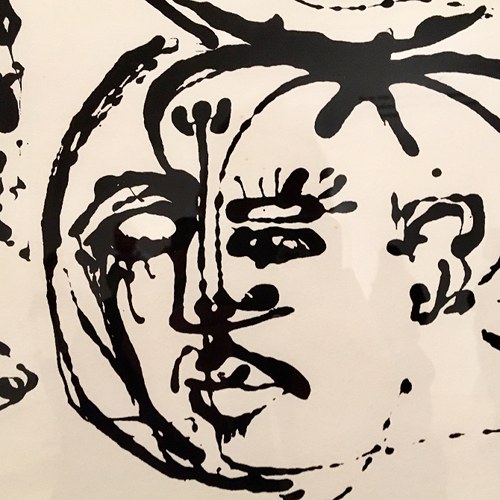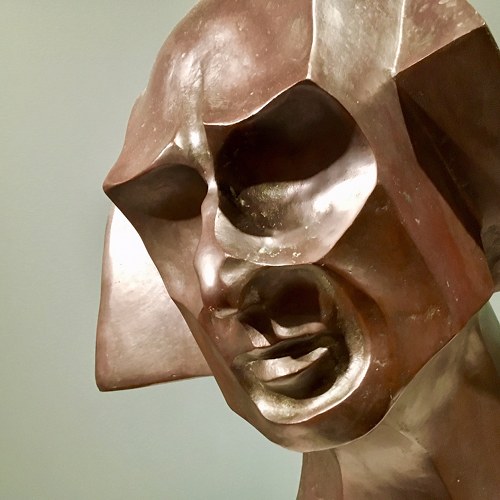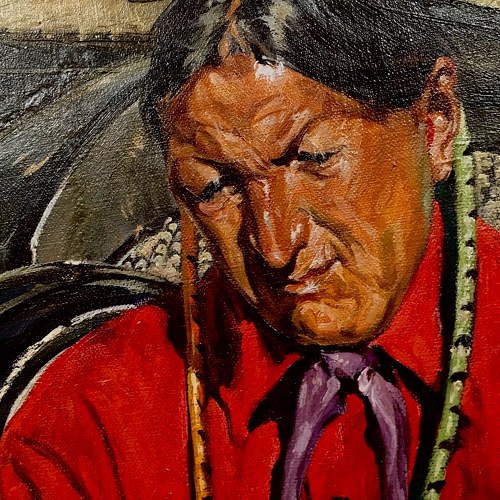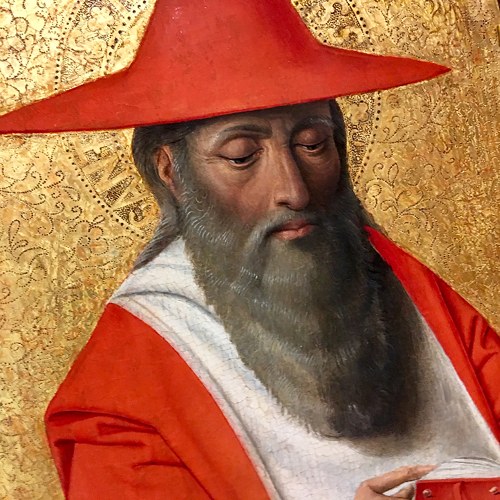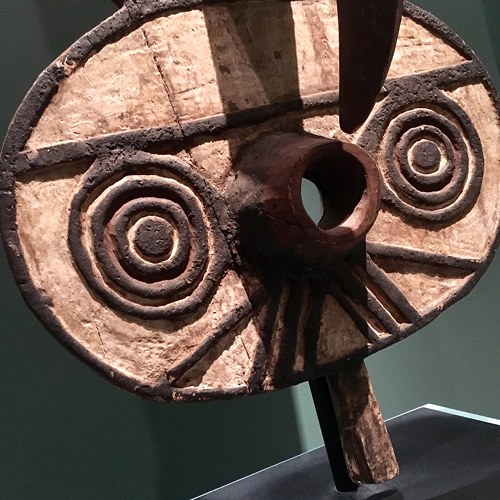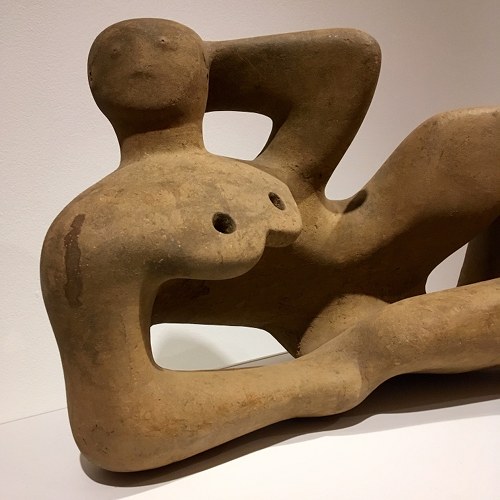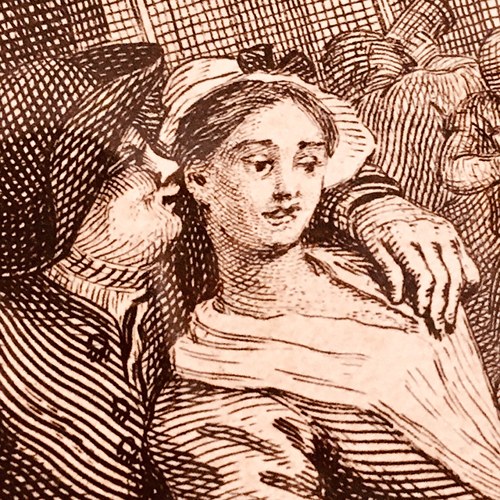BAUHAUS, the famous German school that disbanded due to Nazi harassment, will mark its centennial year in 2019. As much as I’ve been tempted, there’s no way I can downplay the significance of how its teachings have been embedded in my life as a graphic artist. In keeping with the popular Six Degrees method, I get a kick out of plotting my “two degrees of separation” from the legendary institution.
As a callow youth, I studied under and was branded by the powerful pedagogy of Professor Gordon Salchow during its embryonic period. During his long tenure at the University of Cincinnati, Salchow would go on to perfect his curriculum and become one of the most seminal graphic design educators in America. He had been at Yale University with the renown Bauhaus theorist Josef Albers.
My first professional position after graduation was offered to me by Bruce Beck, the influential Chicago graphic designer, typographer, and printing craftsman. When Beck was at the Institute of Design at the Illinois Institute of Technology, he was a student of László Moholy-Nagy, another leading Bauhaus faculty member.
I’ve never made a secret of how I tended to resist what each of these mentors wanted me to learn. Nevertheless, close exposure to their mutual example of focus, dedication, and professional enthusiasm made a deep mark on me as a creative person. How much of that transfusion is rooted in the Bauhaus philosophy of design is not possible for me to unravel. I’ve come to accept it as part of the hidden logic of an artistic trajectory. As a result, my regard for these four individuals has sharpened over the years, and my “double dose of Bauhaus” is something I look back on with satisfaction and just a bit of pride.
My two degrees of Bauhaus separation is a dual path:
Albers to Salchow and Moholy-Nagy to Beck. So be it.
